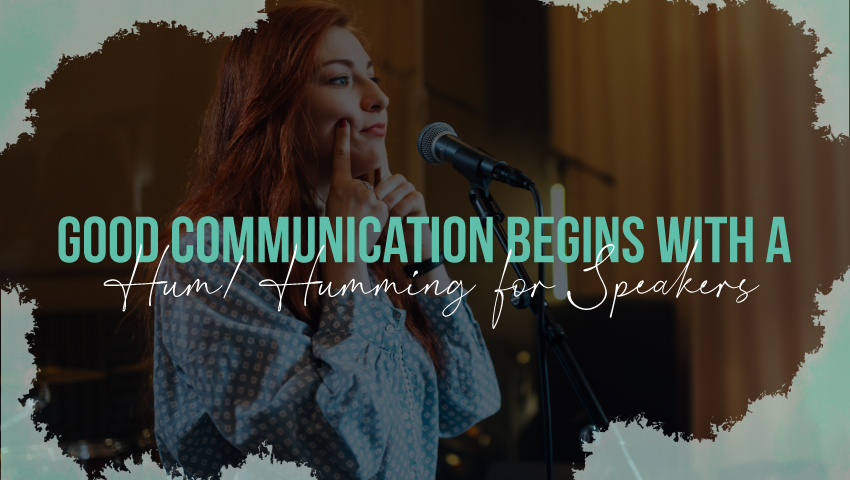There you are about to open your mouth to speak to a group of people….
Heart hammering in your chest?
Mind a-swirl with not so helpful thoughts?
Dry mouth perhaps?
A little of ‘ye ol sweats’?
Wanting to up the ante and get more milage out of your voice and presence?
Pre (and during) presentation nerves are physical. REAL. Repeating the words “relax!” and “I got this!” probably not helping much.
Any useless tension in the body can constrict the freedom of your voice, breath and thinking. How we stand or sit for instance. How our heads, necks and backs align, the carriage of our shoulders, the set of our mouths and jaw – all influence the balance of energy, the reliability of the voice, how we feel and come across.
A voice and presence that is encrusted with restrictive tendencies can only be undone through awareness and exercises that include body, voice, mind and breath.

I find that so many of us are vocally repressed. Our society simply doesn’t encourage vocal freedom. Jaws are locked, range is narrow, gesture is either restricted or unregulated.
But we do like our habits. They comfort us. We are creatures of habit. Sometimes we hold onto our habits for good reasons and sometimes because of fears, misconceptions or we no longer even notice them.
It’s good to work slowly and gently and deliberately.
Humming is a GREAT place to start. It’s pre-verbal. It can stretch us beyond what’s familiar but is also soothing. Humming encourages a longer exhale (a deeper inhale is therefore more possible), warms up the vocal folds (also clearing up mucous sitting on the vocal folds), has health benefits and is a centring and grounding practice. It improves pitch and resonance and you don’t need any musical ability to get the benefits.
Humming happens with the mouth closed. Sound moves through the entire vocal tract and can give you a buzzing feeling.
Now is as good a time as any to try a few. Sit comfortably. Long spine. Tip the nose slightly forward so that the front of the throat is released and there is length in the back of the neck. Feet spreading. Breath in through your nose and on a comfortable note try one, loud enough so only you can hear it. Maybe it just sounds like an escaped bit ease and relief. Hmmmmm.

Hum sounds can be like you are agreeing with something. “Hmmmm”, “Mmhhmm”. Really? “Hmmmm!” Are you humming right now? “Hmmhmmm” Do you like learning about your voice? “Mmmmhhmmm”.
Next try one long continuous “hummmmm”. Hum until you run out of air but before you gasp or strain. Do a few more. Release your jaw and face. No frowning! It should feel good.
Take a moment and check with how you are feeling? Does that little internal humming massage leave you a little warmer? Your voice a little freer? Whether you can directly detect this or not – chances are your voice is loving you right now. And you have challenged some habitual tensions that stand in the way of your free and full communication.





